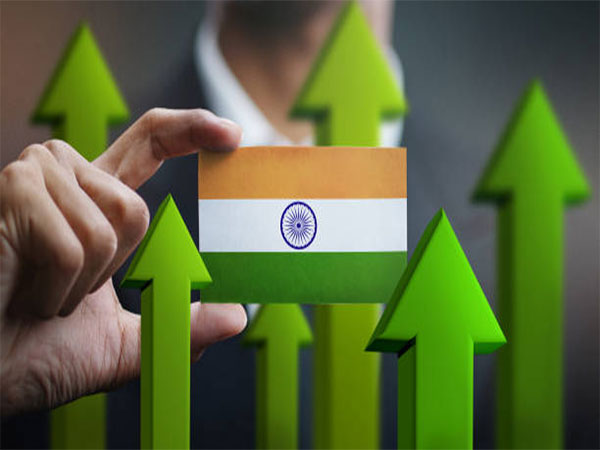New Delhi [India], February 3 (ANI): After the economic survey projects that the country’s growth in FY26 is expected to remain in the range of 6.3 per cent to 6.8 per cent, a report by PwC stated that there are downside risks to the growth from the external factors.
The report noted that economic growth in the country facing challenge due to weak urban consumption, high food inflation, slow capital formation, and global uncertainties.
It said “The economic survey projects growth in the range of 6.3 per cent to 6.8 per cent in FY26. There are downside risks to the growth that emerge primarily from the external sector”.
However, despite these hurdles, the report noted that the country is likely to remain the fastest-growing major economy in the world, driven by strong domestic demand, a rising working-age population, and stable macroeconomic fundamentals.
According to the first advance estimates, India’s GDP growth is projected to slow down to 6.4 per cent in FY25, compared to 8.2 per cent in FY24. While domestic consumption and exports are expected to remain robust, a slowdown in urban demand and private investment could weigh on overall economic activity.
The report pointed out that external risks pose a significant challenge to India’s economic growth. Factors such as global economic slowdown, geopolitical tensions, and trade disruptions could impact India’s exports and foreign investments. These risks need to be closely monitored to ensure that they do not derail the country’s growth momentum.
It said “India’s economic growth is expected to moderate to 6.4 per cent in financial year (FY) 2025 compared to 8.2 per cent growth in FY24, mainly due to slowdown in urban consumption, high food inflation, slow growth in capital formation and global headwinds”.
On the inflation front, the report added that price pressures are expected to ease in the coming years. Inflation is projected to average 4.5% in FY26, aided by a favorable food inflation scenario, a good harvest, normal monsoon expectations, and lower global commodity prices.
Additionally, the exchange rate, which has been under pressure, is expected to stabilize as Foreign Portfolio Investor (FPI) flows become less volatile and crude oil prices soften, reducing India’s import costs.
Despite these challenges, India is expected to retain its position as the fastest-growing major economy in 2025. While external risks remain a concern, factors like rural demand recovery, easing inflation, and continued government spending could help sustain growth in the coming years. (ANI)












